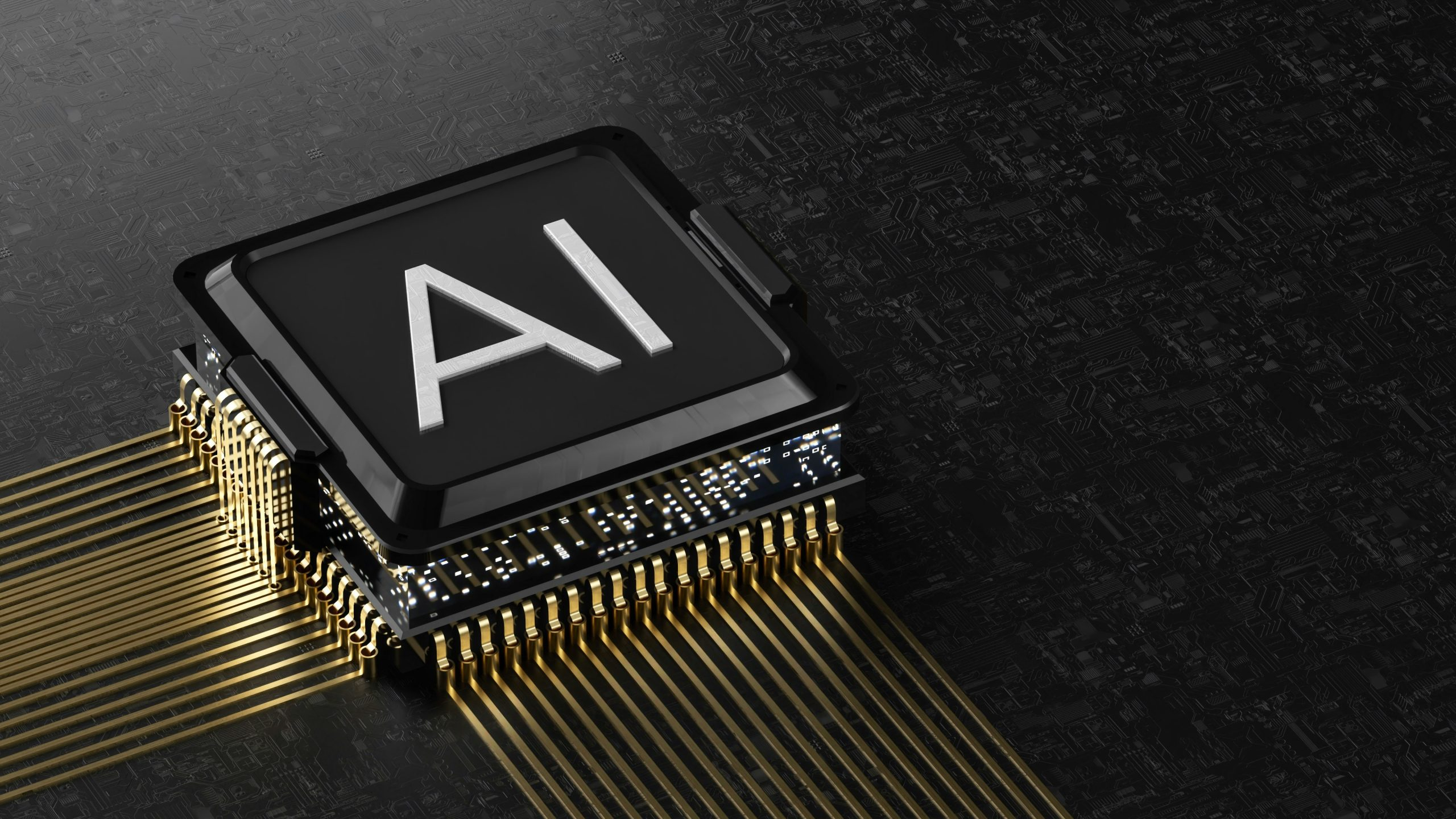Predictive Analytics in Litigation: How AI Helps Forecast Case Outcomes
Litigation is both a complex and essential aspect of the legal system. It involves disputes between individuals or organizations that require legal action to be resolved. In the past, the outcome of a case was mostly dependent on the experience and skills of the lawyers and judges involved. However, with the advent of technology and the rise of artificial intelligence (AI), there has been a significant shift in how litigation is approached. Predictive analytics, in particular, has emerged as a valuable tool for lawyers and legal professionals in forecasting case outcomes. In this article, we will explore how AI-powered predictive analytics is transforming the litigation process and helping lawyers make strategic decisions.
The Rise of Predictive Analytics in Litigation
Predictive analytics is the use of data, statistical algorithms, and machine learning techniques to identify the likelihood of future outcomes based on past data. In the legal field, predictive analytics is being used to analyze massive amounts of data from current and past cases to help predict the outcome of similar cases in the future. This method has gained popularity in recent years, and it is estimated that the predictive analytics market will reach $10.95 billion by 2022.
One of the main reasons for the rise of predictive analytics in litigation is the increasing amount of data available in the legal system. With the digitalization of court records, there is now a wealth of information to be analyzed. Lawyers and legal professionals can use this data to identify trends, patterns and make informed decisions.
The Role of AI in Predictive Analytics
The success of predictive analytics in litigation is heavily dependent on the use of AI. AI refers to the simulation of human intelligence processes by computer systems. In the legal sector, AI is primarily used to automate routine tasks, such as document review, to save time and reduce human error. By combining AI with predictive analytics, lawyers can now analyze data faster and more accurately, leading to better predictions of case outcomes.
AI-powered predictive analytics uses natural language processing (NLP) and machine learning algorithms to analyze unstructured data from legal documents, case law, and court rulings. This data is then used to generate predictions and insights that can help lawyers build a strong case strategy.
How AI Helps Forecast Case Outcomes
Identifying Patterns and Trends
One of the main benefits of using predictive analytics in litigation is its ability to identify patterns and trends in case outcomes. AI-powered algorithms analyze data from past cases to identify factors that can influence the outcome of a current case. This can include information about the judge, the types of evidence presented, and even the opposing lawyers. By identifying these patterns, lawyers can make strategic decisions on how to approach a case and increase their chances of success.
Assessing Settlement Options
Predictive analytics can also be used to determine the potential outcome of a case if it goes to trial. This allows lawyers to assess the risks involved and consider the possibility of a settlement. By analyzing the outcomes of similar cases and estimating the potential financial costs of a trial, lawyers can advise their clients on the best course of action.
Reducing Costs and Time
Predictive analytics also helps streamline the litigation process, resulting in cost and time savings. With the use of AI, lawyers can quickly analyze large amounts of data and extract relevant information. This eliminates the need for manual data review, which can be time-consuming and prone to errors. Additionally, by predicting the outcomes of a case, lawyers can avoid unnecessary trials and focus on cases with a higher chance of success.
Challenges and Limitations
While predictive analytics has proven to be a valuable tool in litigation, it is not without its challenges and limitations. One of the main concerns is the potential bias in algorithms. As these algorithms are developed based on past data, there is a risk of perpetuating existing biases in the legal system. Another limitation is the lack of transparency in AI decision-making, which can make it difficult to challenge the predictions made.
Conclusion
Predictive analytics, powered by AI, is revolutionizing the litigation process by providing lawyers with valuable insights and predictions. By leveraging this technology, legal professionals can make informed decisions, reduce costs and time, and ultimately increase their chances of success. However, it is essential to address the potential challenges and limitations to ensure the impartiality and fairness of this technology in the legal sector.




